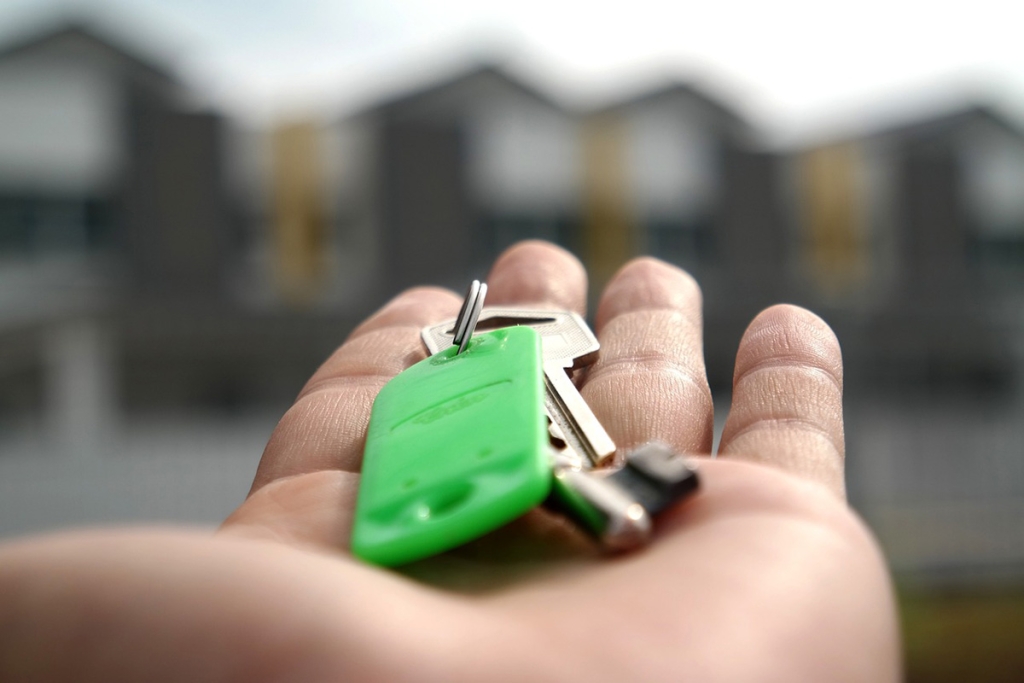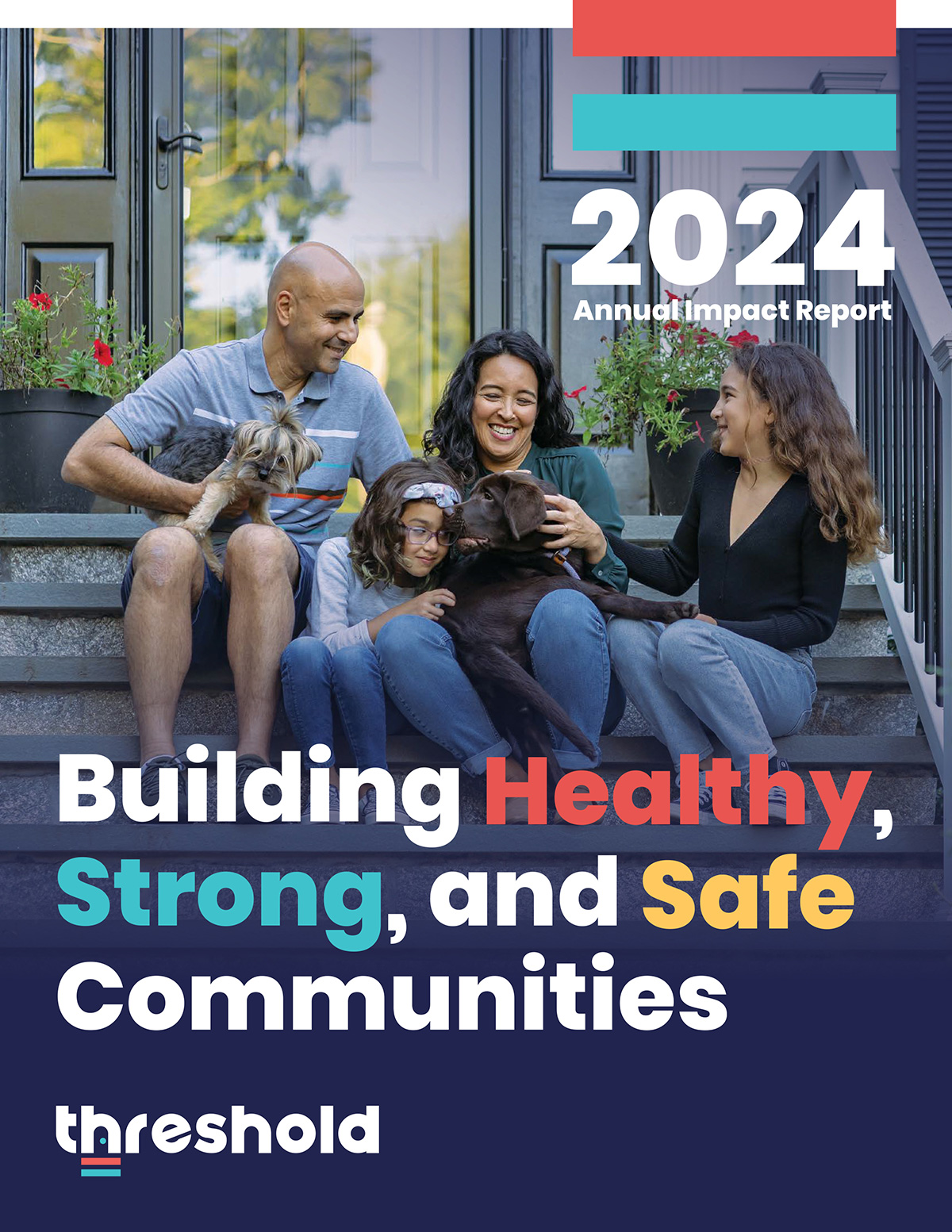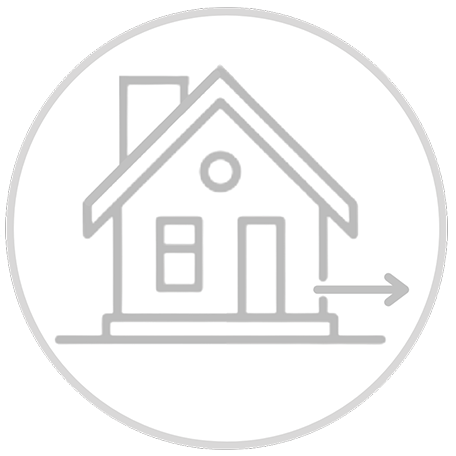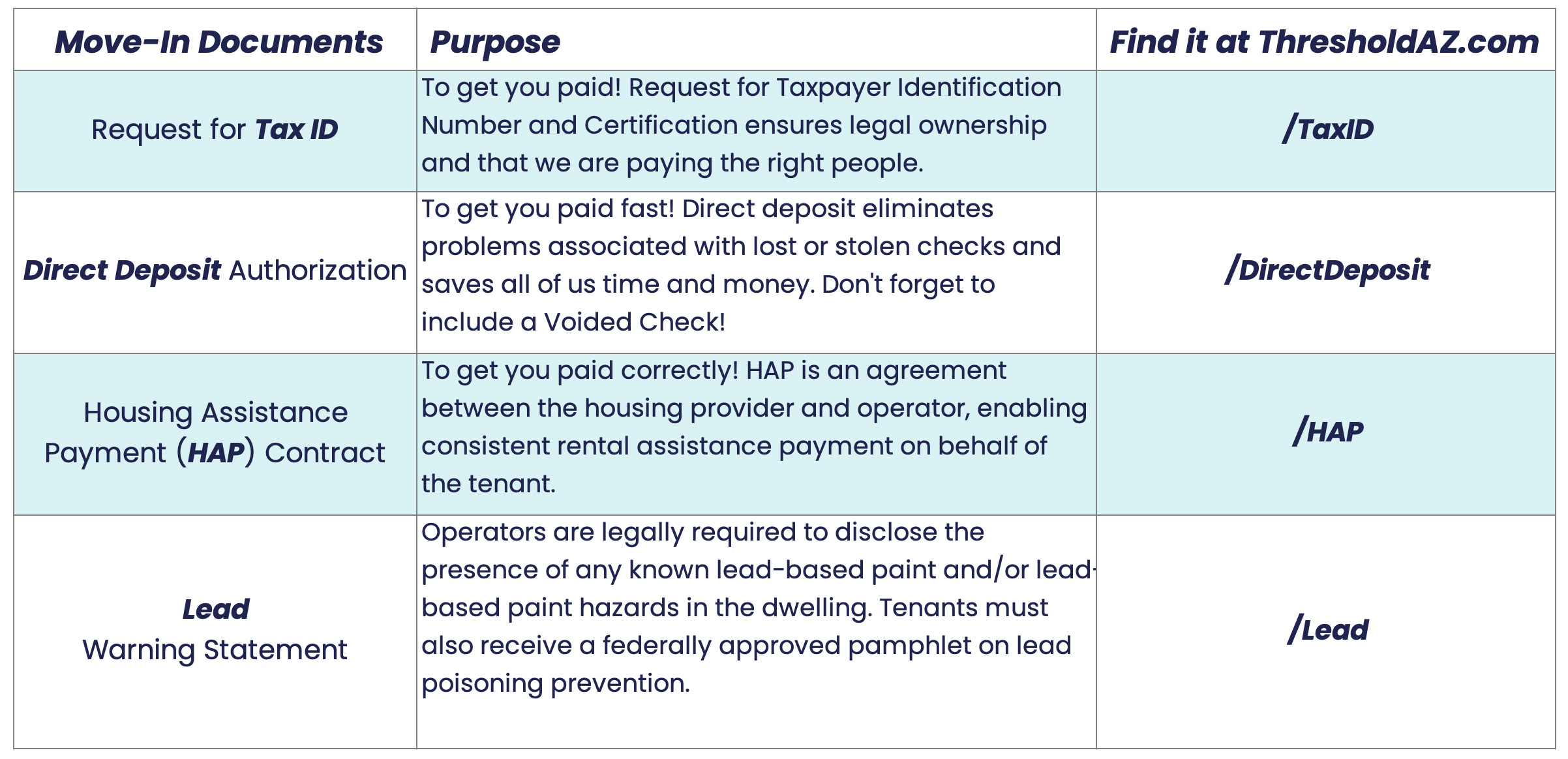Understanding the landscape of housing assistance programs is crucial for property owners and operators committed to contributing to the solution for homelessness. Rapid Rehousing (RRH) and Permanent Supportive Housing (PSH) stand out as two of the most significant initiatives among these programs. Both are designed to provide housing and support to individuals and families experiencing homelessness. However, they operate in fundamentally different ways and serve distinct populations.
For property owners and operators, grasping the differences between Rapid Rehousing and Permanent Supportive Housing is not just about understanding the mechanics of these programs. It’s about recognizing the unique purposes and opportunities each presents. Whether it is the fast-paced, short-term nature of RRH or the long-term, “as long as it’s needed” approach of PSH, each program has specific implications for how properties are managed and maintained.
In this blog, we will examine the nuances of Rapid Rehousing and Permanent Supportive Housing. We’ll compare their key components, target populations, and impacts on property owners and operators. We’ll also explain how these programs work, how they differ, and what you, as a property owner or operator, need to consider when participating in these critical housing solutions.

Rapid Rehousing (RRH) and Permanent Supportive Housing (PSH) help house the homeless in different ways.
What Is Permanent Supportive Housing?
Permanent Supportive Housing is a long-term housing solution. It is designed to provide stable housing and supportive services to individuals and families experiencing chronic homelessness, particularly those with disabilities or other significant barriers to housing stability. The primary goal of PSH is to offer permanent housing coupled with comprehensive support services to ensure that residents can maintain their housing and improve their overall quality of life.
PSH Services
Permanent Supportive Housing combines affordable housing with a range of voluntary supportive services. These services typically include:
Long-Term Rental Assistance: Permanent Supportive Housing programs provide ongoing rental subsidies to ensure that housing remains affordable for residents. This assistance can be funded through various sources, such as government programs (e.g., Section 8) or nonprofit organizations.
Intensive Case Management: Residents receive personalized support from case managers who help them navigate challenges and connect with necessary resources. This support is ongoing and adjusts to the residents’ evolving needs.
Supportive Services: These include mental health care, substance abuse treatment, job training, health care, and life skills development. The services aim to address the root causes of homelessness and help residents achieve greater independence.
Target Population
Permanent Supportive Housing primarily serves chronically homeless individuals and families who have significant barriers to maintaining housing stability on their own. This population often includes people with severe mental illness, physical disabilities, or chronic health conditions, as well as those who have experienced long-term or repeated episodes of homelessness.
Chronically Homeless Individuals: These are individuals who have experienced homelessness for a year or more or who have had at least four episodes of homelessness in the past three years, along with a disabling condition.
Families with Special Needs: Families facing chronic homelessness, often with members who have significant health or behavioral challenges, also benefit from PSH.
Veterans: Arizona offers several permanent supportive housing programs for those who have served in the military. A collaboration between the U.S. Department of Housing and Urban Development (HUD) and the Department of Veterans Affairs (VA), the HUD-VASH program provides rental assistance vouchers combined with case management and clinical services provided by the VA.

Permanent Supportive Housing primarily serves chronically homeless individuals and families.
Benefits of PSH for Property Owners
Permanent Supportive Housing offers several benefits for property owners and operators who participate in these programs:
Long-Term Leases: Permanent Supportive Housing differs from Rapid Rehousing because it typically involves long-term leases, providing property owners with consistent rental income over extended periods. This stability contrasts with shorter-term housing programs and reduces the turnover frequency, minimizing vacancies and associated turnover costs.
Stability and Support: Tenants in Permanent Supportive Housing programs often exhibit increased stability due to the comprehensive support provided. Case managers and service providers work closely with tenants to address personal challenges, promote successful tenancies, and reduce disruptions for property owners.
The support infrastructure within PSH, including case management and specialized services, assists property owners in managing tenant issues effectively. This proactive approach helps mitigate potential conflicts and promptly addresses tenant needs. It fosters positive landlord-tenant relationships.
Important Aspects to Master for Property Owners
Participating in Permanent Supportive Housing programs are more involved for property owners and operators than its Rapid Rehousing counterpart. It’s important to ensure a mastery of these concepts to achieve long-term success and maximize profitability:
Annual Certification and Renewals: PSH programs require annual lease renewals and inspections, unlike shorter-term housing initiatives like Rapid Rehousing, which generally last less than a year. Responding quickly to Notice of Lease Expirations (NOLEs) and providing executing renewed leases helps ensure any potential concerns around the renewal – determining the new rental amount, scheduling an inspection, etc. – is addressed long before the deadline of the lease’s end date.
Ongoing Tenant Issues: Tenants in Permanent Supportive Housing often have more professionals involved in supporting their success. Often, tenants have expertly trained professionals supporting different aspects of their housing stability. This can include tenancy concerns, rental assistance payment, employment, and health coverage. Communicating with tenants and their support as soon as concerns arise will ensure all stakeholders are working under the same expectations and are privy to any additional needs.

The long-term commitment inherent in Permanent Supportive Housing can be a significant consideration for property owners.
Unlike Rapid Rehousing, Permanent Supportive Housing requires a sustained commitment to maintaining housing stability for tenants facing ongoing challenges. This long-term perspective necessitates strategic planning and resource allocation to support tenant success and program sustainability.
How is Rapid Rehousing Different?
Rapid Rehousing offers temporary assistance, typically from a few months to two years. The goal is to quickly move individuals and families from homelessness into permanent housing and provide short-term support. The time-limited nature of RRH means that participants are expected to assume full responsibility for their housing costs once the assistance period ends.
Permanent Supportive Housing provides long-term or indefinite support with no set time limit on the assistance provided. The program is designed for individuals and families with chronic homelessness and significant barriers to housing stability, ensuring they have the ongoing support needed to maintain housing and improve their quality of life over the long term.
Rapid Rehousing Services
Rapid Rehousing and its veteran-focused equivalent program, Supportive Services for Veteran Families (SSVF), focus on short-term, immediate needs. They offer services like short-term rental assistance, case management, and connections to community resources. The support services in RRH are aimed at helping participants quickly regain housing stability and become self-sufficient. These services typically decrease in intensity as the participant becomes more stable.
In contrast, Permanent Supportive Housing offers a comprehensive range of long-term services. These services include long-term rental assistance, intensive case management, mental health care, substance abuse treatment, health care, and life skills development. The goal is to provide ongoing support to address residents’ complex needs and ensure long-term housing stability.
Target Populations
Rapid Rehousing is aimed at individuals and families experiencing homelessness who have lower barriers to achieve housing stability. These participants typically do not require long-term intensive support. However, they need temporary assistance to overcome immediate obstacles to securing and maintaining housing.

Rapid Rehousing focuses on short-term, immediate needs, so residents can return to their lives in stable housing.
Impact on Property Owners and Operators
Rapid Rehousing programs reduce vacancy rates by filling units with tenants transitioning from homelessness. This efficiency not only minimizes periods of vacancy but also helps maintain consistent rental income. Short-term rental subsidies provided by Rapid Rehousing programs ensure that property owners receive steady payments during the subsidy period, offering financial predictability and reducing the risk of rental defaults.
Rapid Rehousing typically imposes a lower administrative burden on property owners than long-term housing assistance programs like Permanent Supportive Housing. The shorter duration of support means fewer ongoing administrative tasks, such as compliance monitoring and paperwork, which streamlines property management operations and reduces administrative costs.
One of the primary challenges of Rapid Rehousing for property owners is the short-term nature of the assistance. Once the subsidy period ends, there is a risk of increased tenant turnover as tenants may need to find alternative housing solutions or face challenges in maintaining stability without ongoing support. This turnover can lead to more frequent tenant searches, increased administrative workload, and potential disruptions in rental income.
Many of these challenges have been offset by Threshold’s robust risk mitigation fund. Using these crucial resources, property operators are able to be reimbursed for financial costs experienced even after a tenant completes the Rapid Rehousing program. Vacancy loss, rental arrear, and damage reimbursement is accessible at the time of move-out for the duration of the program as well as through the next subsequent lease that tenant has in the unit. Learn more in the Threshold Risk Mitigation Guidelines.

This chart shows the primary differences between Permanent Supportive Housing and Rapid Rehousing, including example rental payment amounts from both the tenant and the rental assistance administrator.
How to Make RRH Work for You
Successful implementation of Rapid Rehousing programs also requires continuous coordination with service providers who offer case management and support services to tenants. Property owners must collaborate closely with these organizations to ensure tenants’ needs are promptly and effectively met. This coordination adds a layer of complexity to property management tasks, but the pay-off is a long-term, stably housed tenant. Similar to Permanent Supportive Housing, communicating directly and immediately with the tenant’s supportive service providers ensure the long-term success of the tenant.














